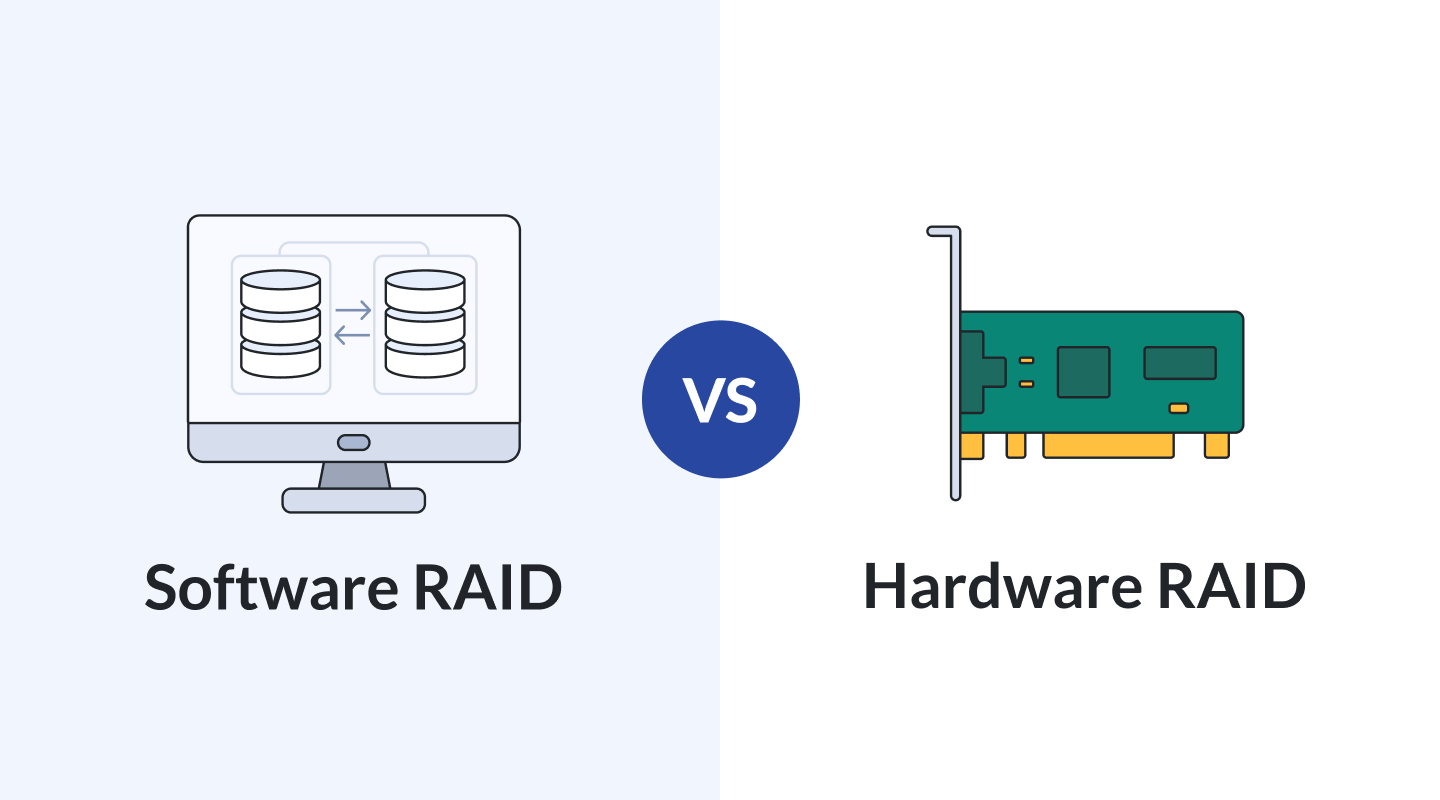Curious about RAID? Discover the technical differences and find out which one suits your needs best.

Curious about RAID? Discover the technical differences and find out which one suits your needs best.

Each virtual machine (VM) is a collection of resources provided by the infrastructure layer, usually organized in a pool of resources and assigned dynamically (or in some case statically) to each VM. VMs “see” a subset of physical resources in a form of virtual hardware components defined usually by the certain minimum elements. Adding hardware components can be useful in some cases, or they can be necessary for performing some basic operations, like, for example, installing the guest OS where a video driver, a keyboard and a mouse device are needed to use the remote console. That is why you should be aware of which hardware resources can be hot-add and which hot-remove.

What is RDMA and why do we like it.

Well, hyperconvergence is certainly a good deal but there are certain factors to consider when choosing a hyper-converged vendor. Support is a number one thing you should be looking for. Basically, decent support increases chances that your production remains operational all the time or at least minimizes the downtimes. Unified management is the “core” of hyperconvergence, so make sure you won’t need any additional software for administrating your hyper-converged infrastructure. Finally, the price. Take your time and calculate if you’re not overpaying just for a vendor’s “logo”. So, there is a wide variety of hyper-converged appliances, but I hope these three simple factors will help you with choosing a vendor that will provide you with the one that will serve you faithfully.

Ever since Windows Server 2012 we have SMB Direct capabilities in the OS and Windows Server 2012 R2 added more use cases such as live migration for example. In Windows Server 2016, even more, workloads leverage SMB Direct, such as S2D and Storage Replication. SMB Direct leverages the RDMA capabilities of a NIC which delivers high throughput at low latency combined with CPU offloading to the NIC. The latter save CPU cycles for the other workloads on the hosts such as virtual machines.

These days, more and more companies need high-quality, reliable and efficient server hardware. Home labs used by enthusiasts and professionals in the IT sphere for software developing and testing, studying for an IT certification, and configuring virtual environments became popular as well. Small companies are also interested in cheap and compact servers, the production of which is based on a couple of virtual machines or networking applications. Supermicro company ranks one of the leading positions in server development for a long time. Supermicro products range from the Hi-End clusters to microservers. Recently the company released two compact servers: SuperServer E200-8D and its younger model – SuperServer E300-8D.

Working with vRops over the last years has taught me one thing. The development of vRops goes so fast. Sometimes so fast that you do not realize when or what has changed. However, there are many “hidden” gems in vRops, which will make you and the product shine even more. So come along, as I will show you my top ten hidden gems of vRops…

I am going to try to address a few issues I have seen quite a lot in my virtualization career. It is not that you have to take extra care when virtualizing, but your virtual environment will never be better than the foundation you build it on. The reason you do not see that many people fuss about it in non-virtualized environments (anymore). I believe, that resources are in abundance today. Well, they were so ten years ago as well, but since then we have only seen higher and higher specification on server hardware. It was the reason for starting to virtualize. Do not get me wrong – Lots of people care about the performance of their virtual and physical environments. Yet some have not set them self up for a successful virtualization project. Let me elaborate…

This day has come – vSphere 6.5 has been just announced. As many of you I have been waiting for the presentation of new vSphere during VMworld event in the USA, but I guess VMware preferred to use vSphere 6.5 as a treat for those who were in doubt whether to attend VMworld Europe or not after all VMworld US were made available online to everyone; or perhaps VMware hasn’t decided what features should be included into the GA release. In this post, I will try to cover all new features of vSphere 6.5 and VSAN 6.5, but if I missed something feel free to let me know by leaving a comment. To be honest, there is so much to talk about and some of the new features require separate posts to be explained properly. Therefore, please don’t expect detailed review of the every single feature.. This is more ‘What’s new in vSphere 6.5 and VSAN 6.5’ overview, but in the future posts I will be talking about some of the most interesting improvements and enhancements in detail.

To hear advocates talk about NVMe – a de facto standard created by a group of vendors led by Intel to connect flash memory storage directly to a PCIe bus (that is, without using a SAS/SATA disk controller) – it is the most revolutionary thing that has ever happened in business computing. While the technology provides a more efficient means to access flash memory, without passing I/O through the buffers, queues and locks associated with a SAS/SATA controller, it can be seen as the latest of a long line of bus extension technologies – and perhaps one that is currently in search of a problem to solve.
